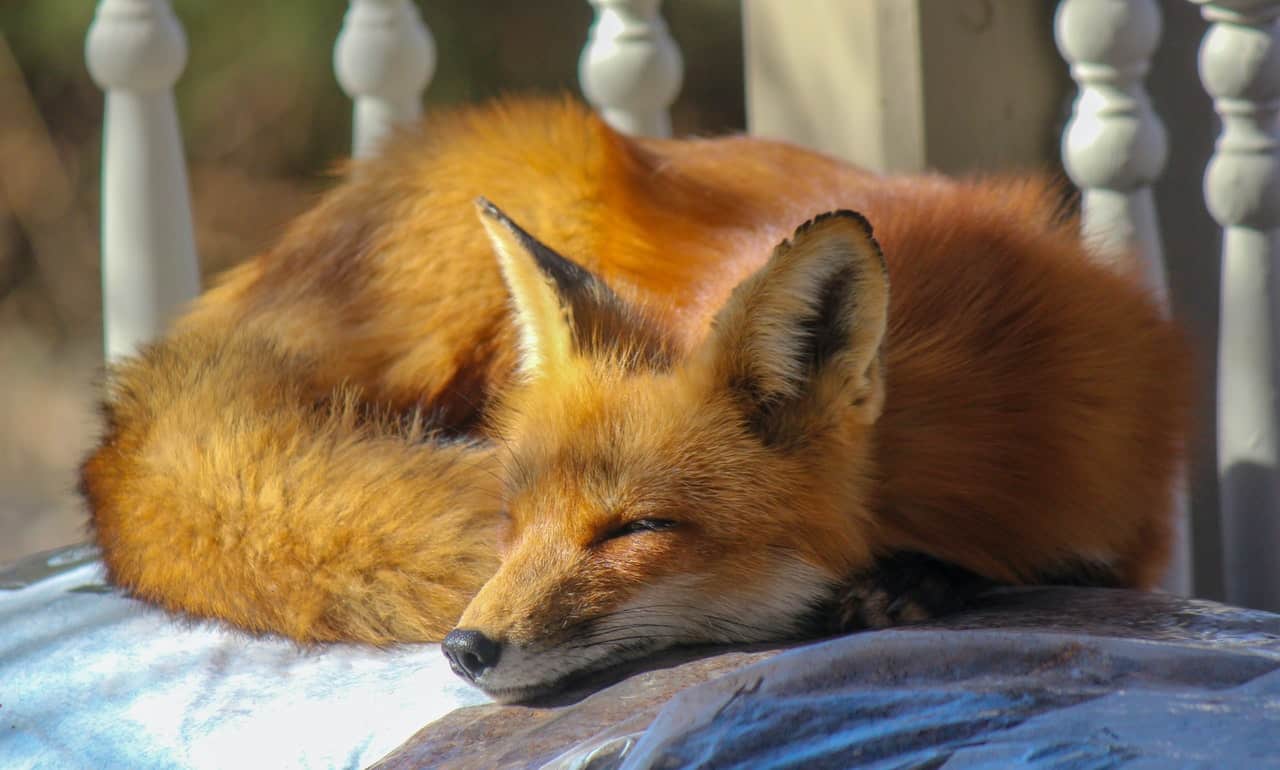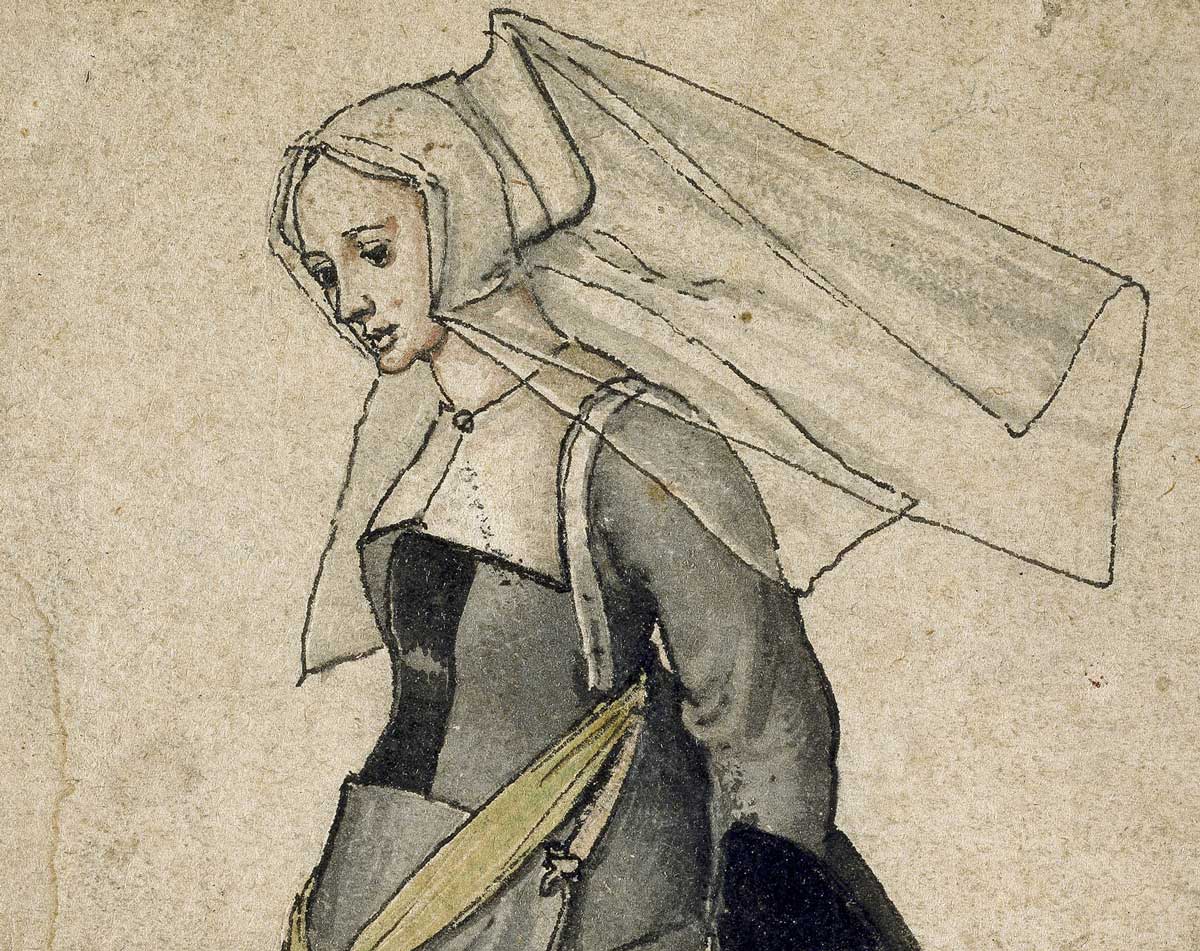OK, guys & gals. Hold tight for this month’s ride through my links to items you may have missed the first time around.
Science, Technology, Natural World
We know surprisingly little detail about the landscape of our oceans as relatively little has been systematically surveyed, but now scientists have identified and accurately measured the depth of the deepest hole in each of the planet’s five oceans.

Two items on our friends the wasps. First in the Guardian on the importance of wasps. And secondly from Prof. Seirian Sumner of UCL on why she loves wasps and on their importance [LONG READ].
While on insects, an Australian school has been treated to the rare sight of a Giant Wood Moth – and yes, they really are huge!
In another pair of articles in New Scientist [£££] and Scientific American [£££] ecologist Suzanne Simard talks about discovering the hidden language of trees and how they communicate with each other.
A look at the chemistry of the fragrant flowers of viburnum.
Pharmaceutical chemist Derek Lowe takes a look at the how our genes are littered with apparently junk DNA.
We’re regularly told that red wine is good for us and it’s all down to a chemical called resveratrol. (Actually I’d maintain all wine is good for us!)

Health, Medicine
Many women have problems with the symptoms of the menopause. Journalist Kate Muir investigates the social impact, and what could (and should) be done to help.
While on women’s health, the Guardian‘s Emine Saner investigates the (apparently) new focus on the pelvic floor. (Hold on! What’s new here? Haven’t we known about this for several decades?)
Sexuality
So in these days of Covid concern, is oral sex safer than kissing, and other questions about dating?
In which a couple of young people talk about being polyamorous.
At the other extreme several young people talk about being asexual.
Environment
From the outside you’d not think that the River Thames is one of the cleanest rivers in the world, so how come it looks so awful.

One London woman has “adopted” three urban foxes who visit her garden, and they’re confident enough to let her touch them. (We don’t actually advise doing this, guys & gals; remember they’re wild animals with a nasty bite!)
History, Archaeology, Anthropology
Archaeologists claim to have identified the oldest known tattooing tools at an ancient site in Tennessee.
Back in Europe archaeologists think they may have identified one of the victims of Vesuvius at Herculaneum as a rescuer.
Back at home, we all know the legend about Lady Godiva; it seems it is all based on the real early medieval countess Godgifu.
And in another investigation it has been concluded that the Cerne Abbas Giant in Dorset was created in Anglo-Saxon times.
Medievalist Dr Eleanor Janega gave a short talk on the Black Death. [Video]
And Dr Eleanor Janega has also devised a new (pub?) game: Annoy a Medievalist Bingo.
Tudor historian Prof. Suzannah Lipscomb discovers what it is really like to wear early Tudor women’s clothes.

London
Still in historical context, the Tower of London’s baby raven has been named after a Celtic goddess in a “brilliantly ridiculous” ceremony.
Back down on the ground, London Reconnections takes a look at vehicle design, with special reference to that done for (the various guises) of London Transport.
Food, Drink
What do you mean, you didn’t know avocados are good for you? Here are five reasons you should eat avocado every day. (Disclosure: yes, I do!)
Lifestyle, Personal Development, Beliefs
You know I’m not going to miss out on a chance to mention naturism … so here’s another look at why we’re better off unclothed. (Disclosure: yes, I am.)
People
Don’t underestimate or write off shy people: one such looks at how it has actually been a big benefit.
In other news, the Heritage Crafts Association has added hand kilt-making and glass eye making to list of the UK’s endangered crafts
And finally … from sewage works to cemetery, Guardian columnist Emma Beddington writes enthusiastically about the bleak local places in which we’ve found solace during lockdown.

